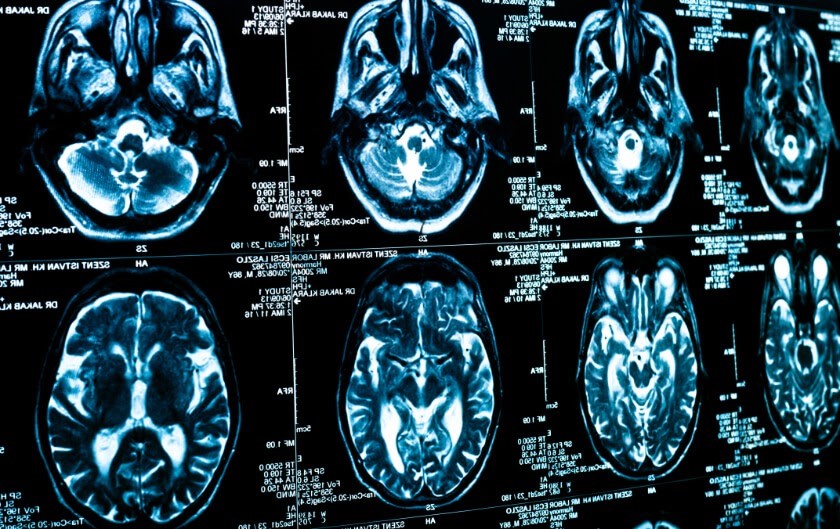Neurodegenerative Diseases: MELAS
January 14, 2022
According to the National Institute of Neurological Disorders and Strokes, neurodegenerative diseases occupy the lives of over 50 million Americans today. The average person is familiar with the neurodegenerative diseases such as Alzheimer’s, which affects an estimated 6.2 million Americans in a 2021 study, on the report of the Alzheimer’s Disease Association. A neurodegenerative disease is the progressive deterioration of neurons, which can lead to a decline in the physical and mental health aspects of a person. With there being a few hundred neurodegenerative diseases discovered today, one that remains a mystery: MELAS.
MELAS; also recognized as Mitochondrial encephalopathy, lactic acidosis, and stroke-like episodes. The medical word root can be broken down to: Mitochondrial Myopathy (muscle weakness), Encephalopathy (brain and central nervous system diseases), Lactic Acidosis ( buildup of cell waste product), Stroke-like episodes (partial vision loss, partial paralysis, or other neurological abnormalities). MELAS syndrome is a rare neurodegenerative disease usually beginning in childhood or adolescence (ages 2-15). 75% of cases show onset before the age of 20. Patients diagnosed with MELAS may experience recurrent headaches and vomiting, seizures, and loss of appetite. Stroke-like episodes with temporary loss or weakness of the muscle on one side of the body (hemiparesis: common in 8/10 stroke victims) can alter the patient’s consciousness, create vision and hearing loss, intellectual disability and loss of motor skills. MELAS can be contrasted from other neurodegenerative diseases by the distinct cause of the stroke-like symptoms. A deficiency in the compound, nitric oxide (NO), in the small blood vessels of the brain are responsible. Nitric Oxide (NO) works as a retrograde neurotransmitter in synapses, which allows the brain’s blood flow to occur at a normal rate. With the absence or low numbers of Nitric Oxide, blood vessels will not dilate at a normal/constant rate. Without the dilation of blood vessels, blood supply can not raise and blood pressure can not be lowered. Considering high blood pressure being a main cause of strokes, this is what ultimately causes the stroke-like symptoms.
Although MELAS does not have a cure, it can be treated by the administration of a correct dosage of Ketamine. Ketamine is a medication that physicians utilize as an anesthetic to induce loss of consciousness. The drug is a Schedule iii non-narcotic which was approved by the FDA as a general anesthetic. Ketamine can also be prescribed as an “off-label” (using the drug to treat a condition the FDA has not approved. Ex: Depression.) Ketamine is safe in a controlled medical practice, not for recreational use. Though, the evidence of the benefits of Ketamine outweigh the risks, there are some. These include:
- Instability of heart and blood vessel function: This may include a temporary increase in blood pressure and heart rate or a decrease in blood pressure and heart rate. Abnormal heart rhythms may occur. Irregular dilation of blood vessels in the brain can lead to strokes.
- Respiratory depression: This can happen in an over dosage or if administration rate is rapid.
- Emergence reactions: Such as reactions include agitation or confusion within the postoperative recovery period.
- Increase in intracranial pressure: Due to this effect, practitioners should closely monitor anyone who has high intracranial pressure.
- Liver injury: The administration of ketamine may cause liver dysfunction.
- Cognitive, or thinking, deficits: Some research reports that these effects occur in children.
Article in honor of Ryan Bacalles.

